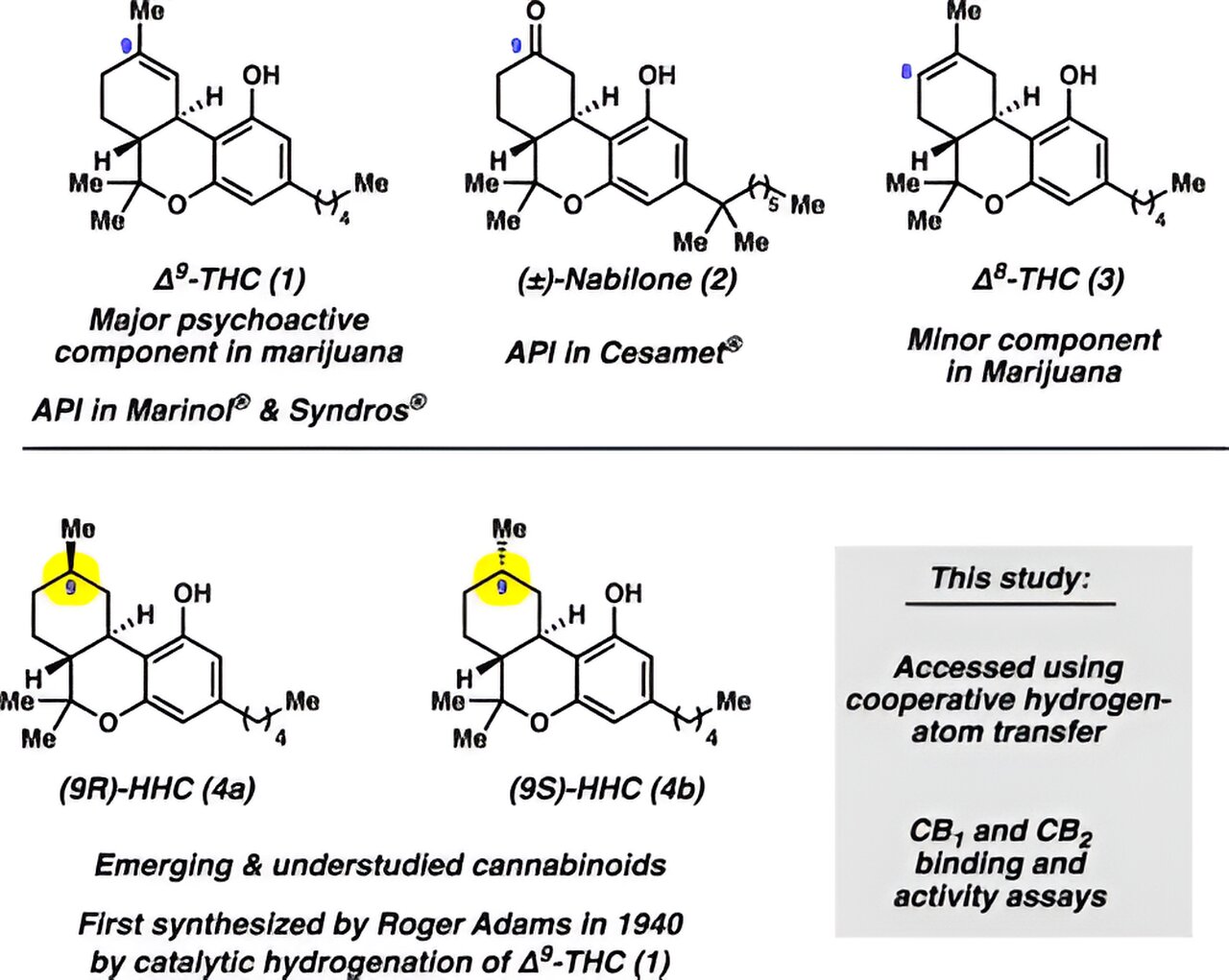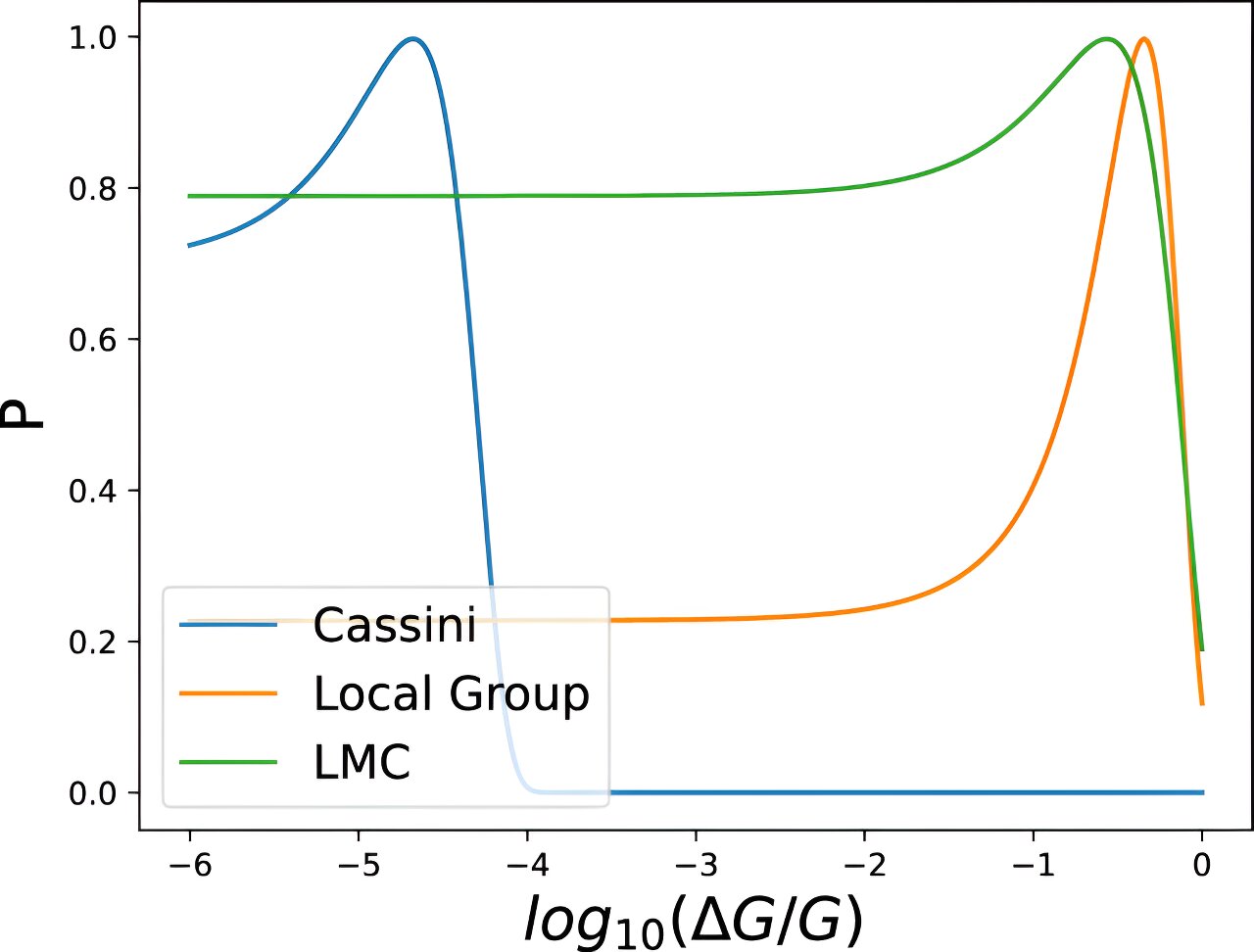As the nation embraces legal marijuana, dispensaries are flooded with products containing THC, the psychoactive ingredient in marijuana, as well as other cannabinoids derived from THC or the plant itself. This abundance of options has created a “wild west” in the marijuana marketplace, making it challenging for governments to regulate and develop fair laws for their use.
Cannabinoids, a group of substances that interact with cannabinoid receptors in the body and brain, include THC and other lesser-known compounds found in the cannabis plant. However, many of the new products on the market today are made with cannabinoids whose effects are not well understood.
Recognizing the need for more research in this rapidly evolving field, UCLA chemist Neil Garg and his colleagues have focused their attention on a class of emerging cannabinoids called hexahydrocannabinols (HHCs). Their recent study published in ACS Chemical Biology examines how well HHCs bind to receptors in the human body.
Interestingly, the study reveals that while both isomers of HHC bind to cannabinoid receptors like THC, only one isomer has effects comparable to THC. This finding suggests that the other isomer may not have the same desired effects.
Currently, commercially available HHC products are synthesized from THC using catalytic hydrogenation, resulting in variable ratios of the two isomers. This lack of consistency poses challenges for consumers, as different brands and even batches from the same manufacturer may contain varying amounts of the more biologically active isomer.
To address this issue, Garg and Daniel Nasrallah have developed a safer and more efficient method for synthesizing HHCs. Their method, which utilizes hydrogen atom transfer instead of catalytic hydrogenation, yields approximately 10 times more of the biologically active isomer.
Furthermore, their method eliminates the need for potentially toxic heavy metals like platinum or palladium, which are commonly used in catalytic hydrogenation. This ensures consumer safety and avoids any potential toxicity concerns.
Despite the popularity of HHCs, it is important to note that the U.S. Drug Enforcement Agency considers them illegal under federal law, contradicting the common belief that they are legal.
Garg emphasizes the importance of further research on cannabinoids to develop evidence-based laws and policies that prioritize consumer safety and explore the therapeutic potential of these compounds.








